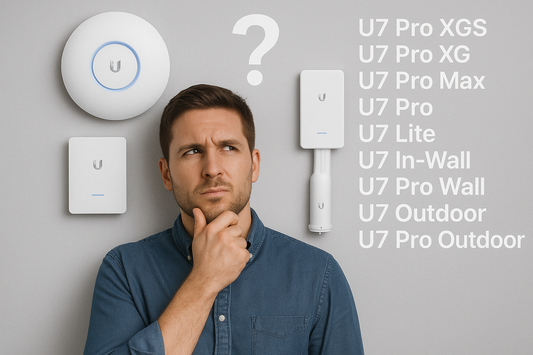Optimize Your Home and Office Network: Matching Speeds with Storage

Navigating the Data Superhighway: The Ultimate Guide to Home Networking and Storage Solutions
In the digital era, the efficiency of our home networks is more crucial than ever. As we juggle streaming 4K content, sharing large files, and keeping our myriad devices synced, understanding the interplay between network speeds and storage options becomes vital. This comprehensive guide will escort you through the maze of network interfaces and storage devices, ensuring your home setup is not just adequate but optimized for your digital lifestyle.
Understanding the Lanes of Your Digital Highway
The Basics of Network Speeds
Network interfaces, such as 1 GbE, 2.5 GbE, and 10 GbE, are akin to the lanes on a highway. The more lanes (or higher the GbE), the more data that can travel concurrently, improving your overall digital experience. But how does this translate to real-world performance?
- 1 GbE (Gigabit Ethernet) is the standard lane, capable of transferring data at speeds up to 125 MB/s. It's sufficient for everyday internet use but may become congested with heavier tasks.
- 2.5 GbE expands this capacity to 312.5 MB/s, offering a smoother ride for high-definition content and larger file transfers.
- 10 GbE is the express lane, with speeds reaching 1250 MB/s, ideal for ultra-high-definition streaming, gaming, and extensive data operations.
Selecting Your Vehicle: HDDs, SATA SSDs, and NVMe SSDs
Just as important as the number of lanes on your highway are the vehicles traveling on it. In the realm of data storage, these vehicles are your Hard Disk Drives (HDDs), Solid State Drives (SSDs), and NVMe SSDs.
- HDDs are the reliable sedans, offering decent speed (80-160 MB/s) and large storage capacities at an affordable price. They perform well on 1 GbE but are less suited for faster networks.
- SATA SSDs are the speedy sports cars, boasting speeds up to 550 MB/s. They can navigate 1 GbE comfortably and make better use of 2.5 GbE lanes but don't fully utilize the 10 GbE potential.
- NVMe SSDs are the supercars, with the latest models achieving speeds up to 4000 MB/s or even 8000 MB/s. They're built for the express lanes of 10 GbE, delivering unparalleled performance.
Optimizing Your Home and Office Network
Matching Speed with Storage
The key to a well-optimized home network lies in matching your network's capacity (the lanes) with the right storage solution (the vehicle). A 10 GbE network paired with NVMe SSDs ensures a blazing-fast data transfer experience, eliminating bottlenecks and making real-time large data operations a breeze. Conversely, for more modest needs, a 1 GbE network with SATA SSDs provides a balanced and cost-effective setup.
Future-Proofing Your Digital Domain
As digital content continues to grow in size and quality, future-proofing your home network becomes imperative. Investing in a 10 GbE network and NVMe SSDs might seem overkill today but could become the standard tomorrow. Similarly, as cloud storage and streaming services evolve, ensuring your network can handle increased data loads will keep you ahead of the curve.
Conclusion: The Road Ahead
In the fast-evolving landscape of digital content and data transfer, understanding and optimizing your home network and storage solutions is key to a seamless digital experience. Whether you're a casual user or a data-heavy professional, aligning your network's speed with the appropriate storage technology will ensure you're always in the fast lane, ready for whatever the digital future holds.
No comments







0 comments